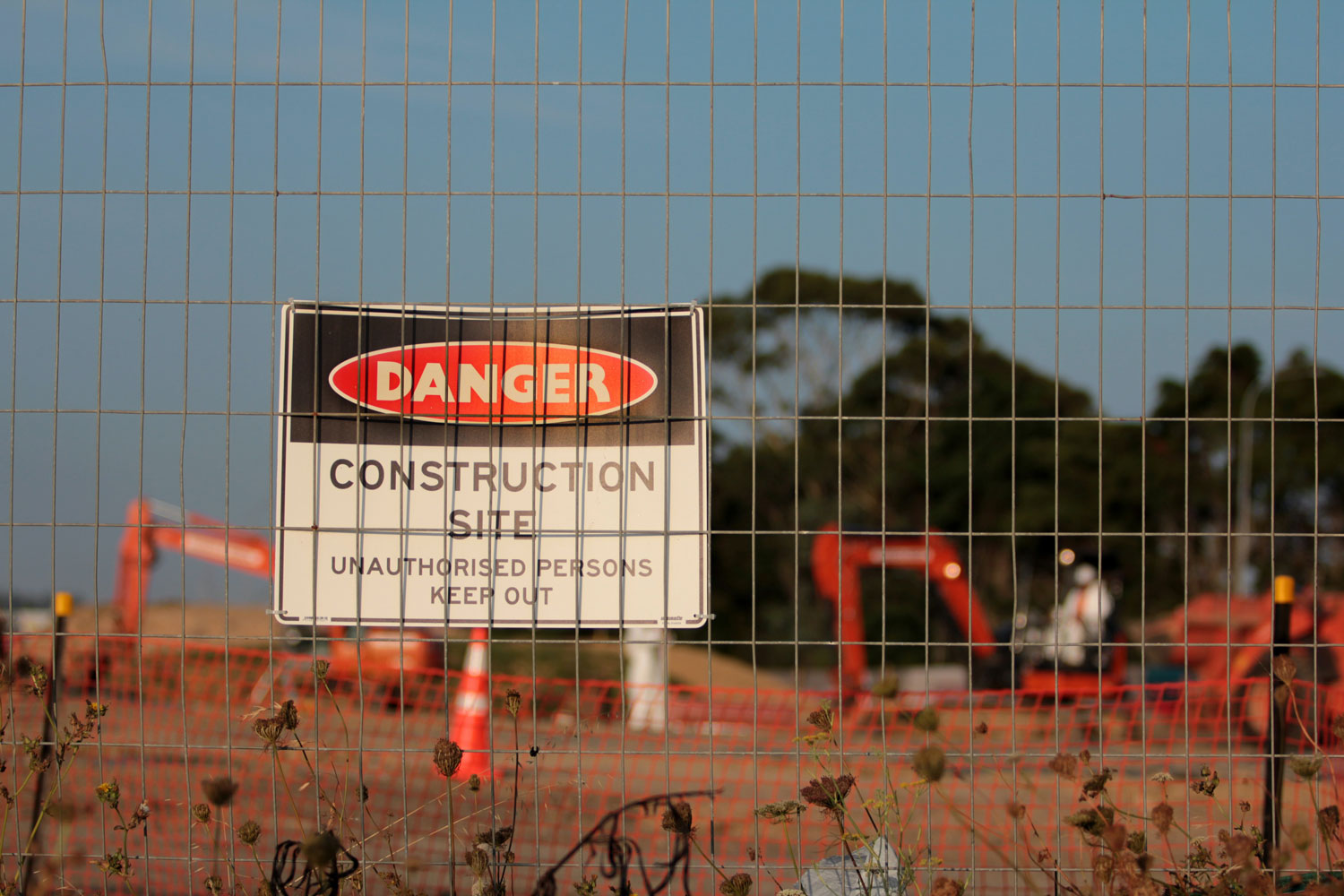Thrings LLP recently provided a summary of the highlights of the new Building Safety Act. This introduces a stringent regulatory framework for the design and construction and refurfishment for higher risk buildings.
What does this mean for developers? Below are some tips and practical advice for developers to start preparing for the industry-wide changes that the Act inevitably brings:
1. Review internal processes and watch the Government Timetable:
The Government has issued a timetable for the implementation of the secondary legislation to bring parts of the Act into force. Additional Government guidance is also expected for higher risk buildings in respect of competencies and British Standards, including which types of project will be covered by the Act.
Developers should:
- Keep an eye on the Government timetable and guidance as it is issued, review internal processes, supply chain competencies, information monitoring systems and insurances for the project team.
- Check contracts are drafted and negotiated to cover the necessary legislation and competencies. We are likely to see increased scrutiny from insurance companies over the drafting of contracts for construction projects particularly for higher risk buildings such as high-rise, hospitals and care homes.
2. Dutyholders:
new and enhanced duties are placed on those who commission, design and undertake building with to which building regulations apply. This includes the client, principal designer, designers, principal contractor and contractors (duties which are in addition to the CDM Regulations) There are queries over who will fulfil these new roles, whether there is a skills gap, and at what cost, with PI insurance cover an ever prominent issue.
Developers should consider the impact of the additional roles and duties on overall project cost, contracts, insurances and programme.

3. Gateways:
three new gateways will need to be achieved during the lifespan of the project, with compliance monitored by a new Building Safety Regulator.
- Planning Gateway One: at planning application stage (currently in force);
- Gateway Two: before building work starts all plans to be submitted to the new regulator;
- Gateway Three: when building work is completed. Occupation cannot take place until the Gateway 3 completion certificate has been issued and the building registered.
Developers should consider the impact on upstream development and finance agreements, as well as agreements for lease particularly in terms of timing.
4. Golden Thread:
there will be a strict regime applying to higher-risk buildings and an obligation to maintain a golden thread of information that is accessible and kept current. Developers (and others) will be held accountable and will need to take responsibility for the golden thread. It is likely that this information will become the source of reference for many claims and complaints as well as being under review by the new Regulator established by the Act.
Developers should consider how the golden thread can be maintained digitally, using information sharing platforms and placing compliance obligations with their project team.
Information and links correct at the time of publication – please check Government updates. For more information, please contact Natalia Sokolov - nsokolov@thrings.com



